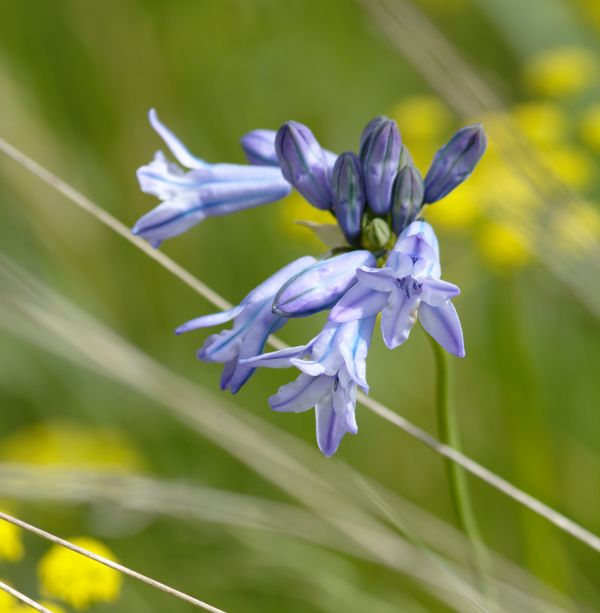Saturday, September 3rd, 2011
I joined Mike for 5 days in England at the end of July. We spent two nights in London and three in Hastings.
I liked what I saw of London a lot more than New York City. There was more stone, and greenery. It was certainly dense, with narrow streets and buildings right up against each other. Yards, if a house had one, were the tiniest of spaces. Lots of little shops on the street level, with apartments above. Everything was so pleasantly walkable. The underground station near our London hotel was closed the weekend we were there, so we used the nearby train station instead.
The trains were great! I have only amusement park and restored tourist railroads to compare against, and I’m told there are better in mainland Europe, but these were sturdy, frequent, and comfortable. And fairly expensive. But they, along with the other forms of public transport, are a completely feasible way to get around in the more populated areas. In London we never checked time tables; we just showed up at the station and always had less than a ten minute wait.
On my first day, we visited Kew Royal Botanical Gardens, west of London. This is the Chokushi-Mon (Gateway of the Imperial Messenger): “a four-fifths sized replica of the Karamon of Nishi Hongan-ji Temple in Kyoto…. The gateway is made of hinoki wood (Japanese cypress) with a traditional copper roof.”
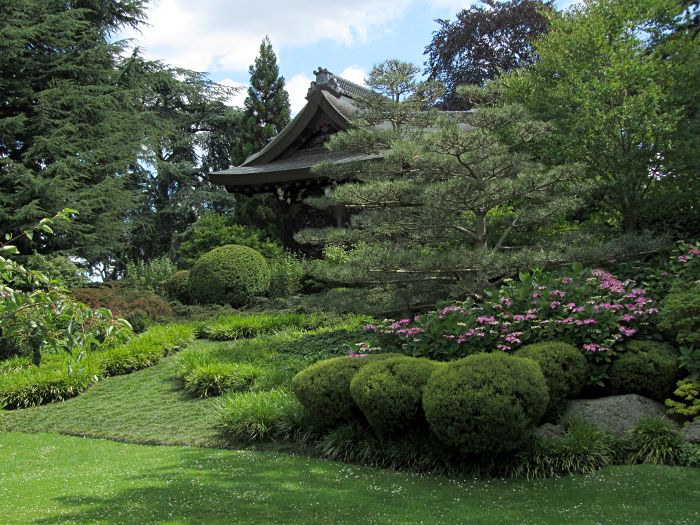
We also walked through the Temperate and Evolution Glasshouses.
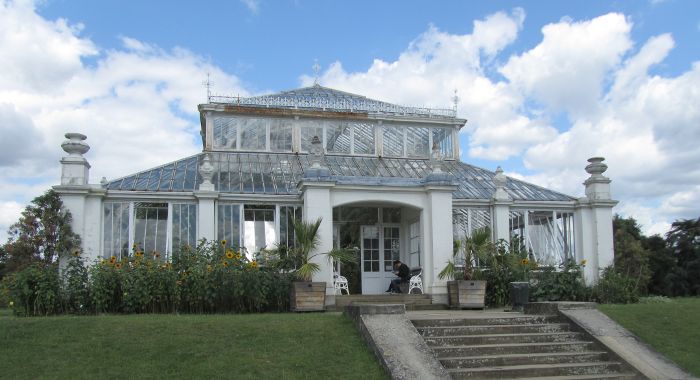
These were delightful buildings, quaint, whimsical, kind of steampunk, overflowing with plants delightedly climbing over each other. This is the exit from a catwalk that is open to visitors.
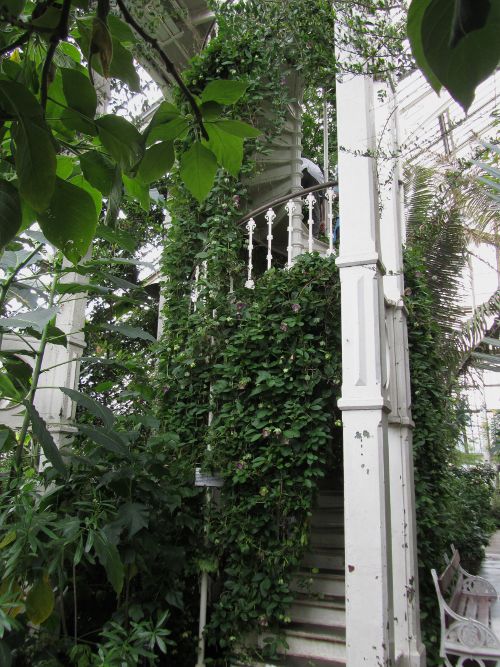
Aeonium undulatum, a large succulent from the Canary Islands, with rosettes probably a foot and a half wide.
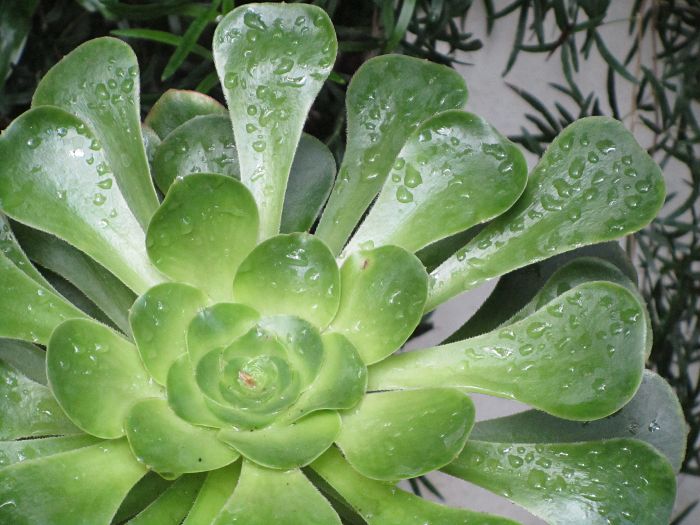
On our second day in London, we went to the Natural History Museum. This is the main hall. The tip of a the 105-foot long Diplodocus carnegii’s tail is just visible at the base of the staircase.

Monday, August 15th, 2011
Based on LucidLogix Virtu technology, MSI Z68 mainboard series firstly provides the most expectable feature for desktop platform – switchable graphics, which allows users to enjoy both graphics power of integrated GPU and discrete GPU.
From the product page for a microATX motherboard I plan on getting. Hopefully they don’t skimp on the quality control as well.
Wednesday, August 3rd, 2011
I’m getting out of order. These pictures are from Sawgrass Lake Park on an early morning in mid June.
A rooster. Not a creature of stealth, although perhaps an escape artist. This one looks more like a Black Copper Maran than a Rhode Island Red to me, although the former seems to be a pretty rare breed in the US.
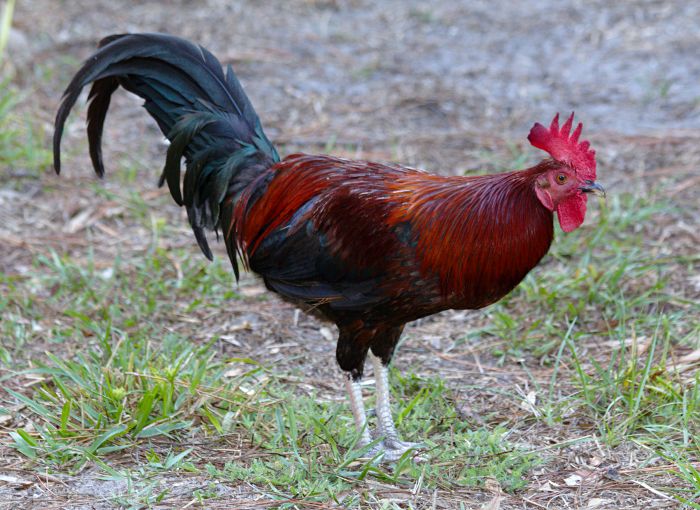
Maybe a golden-winged skimmer
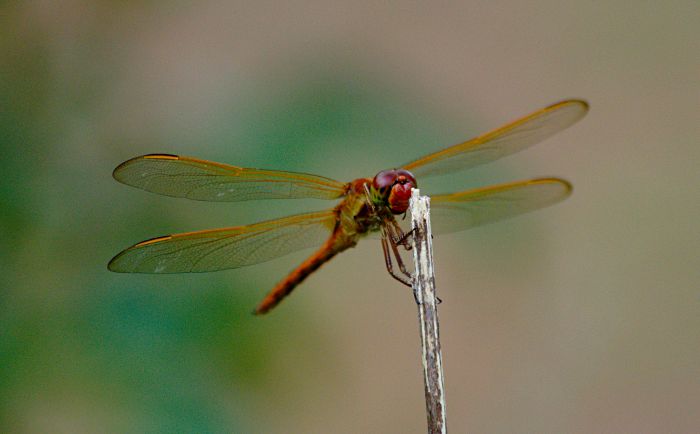
A Phoebis, maybe a Cloudless Sulphur butterfly. These usually are very flitty and rarely land.
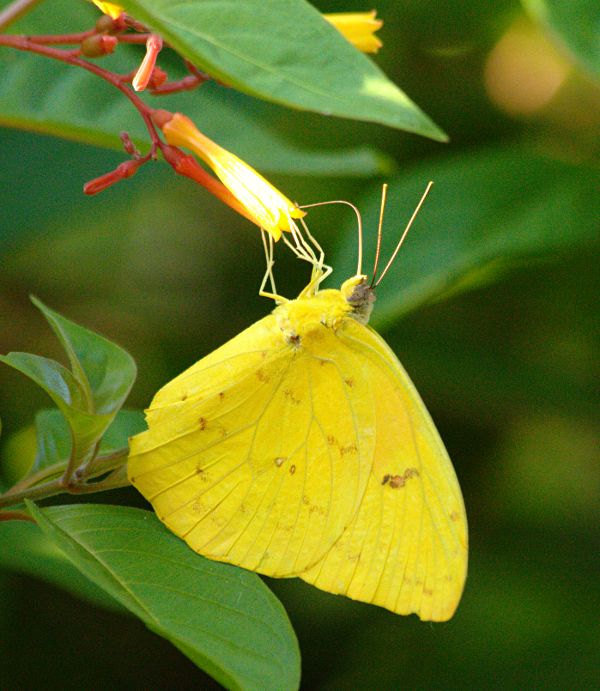
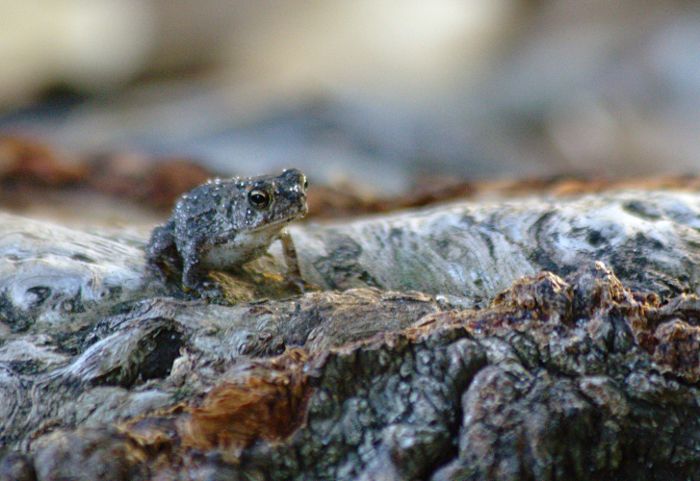
I really liked the lighting on this tricolored heron
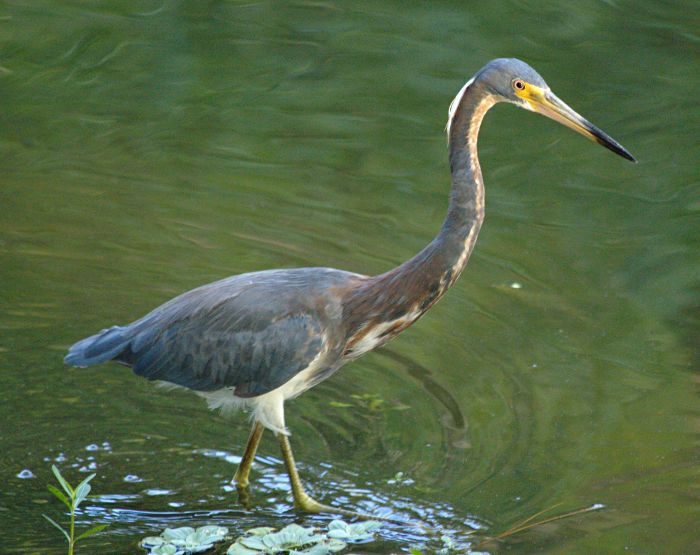
Sunday, July 31st, 2011
We’ve seen Sandhill Cranes several times. They seem to like road sides, just north of Tampa. This time, in early July at the entrance to Brooker Creek, I was for once not zooming by, and had a chance to take some pictures. There was a turkey foraging beyond the cranes a ways, who didn’t make it into this picture.
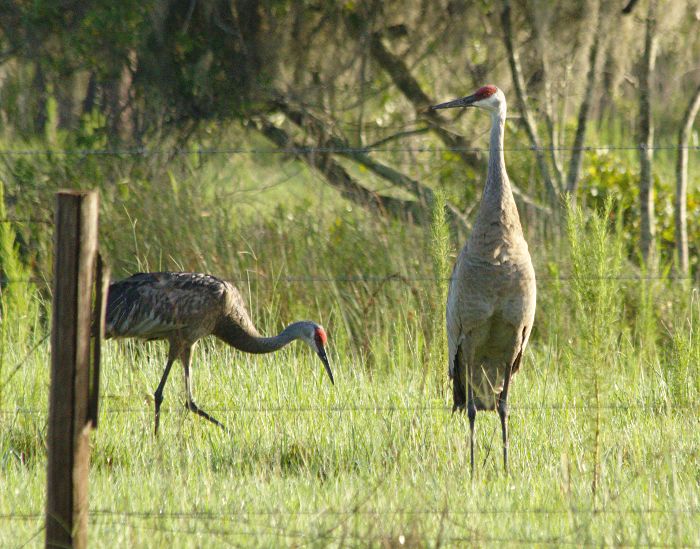
We think this is a very patient southern toad.
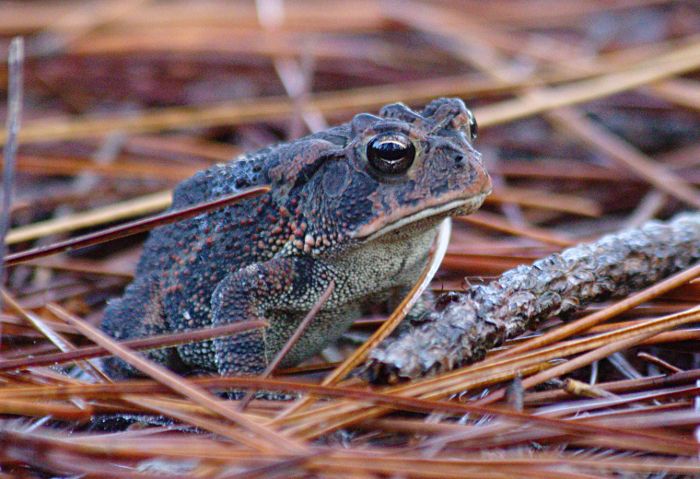
And this, while not the sharpest picture in the world, shows a crayfish crossing the path, carrying eggs. Presumably she is looking for a better stream.
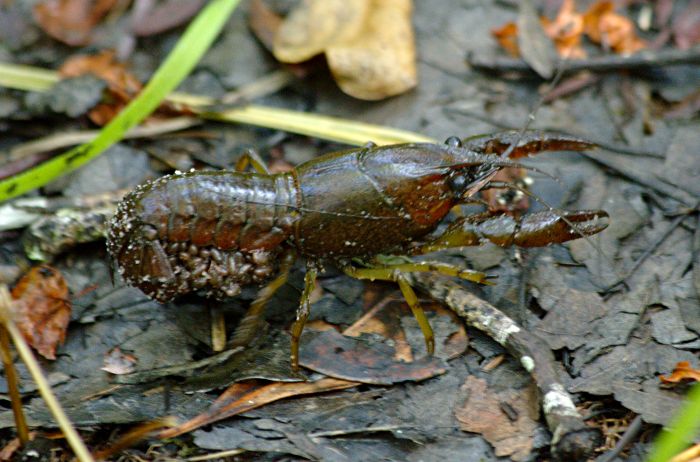
But mainly, this walk turned out to be about mushrooms.
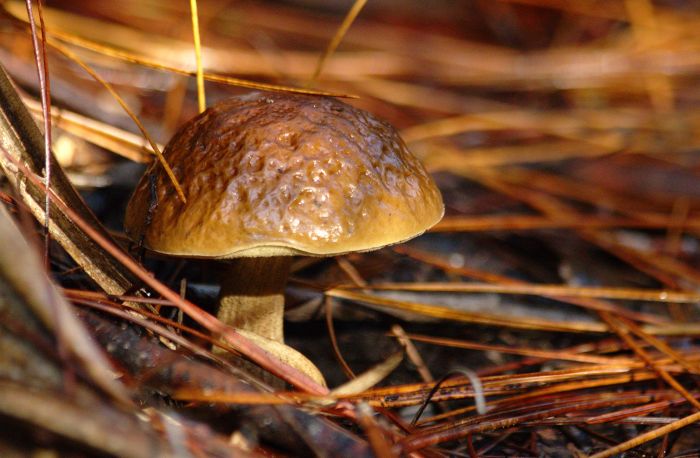
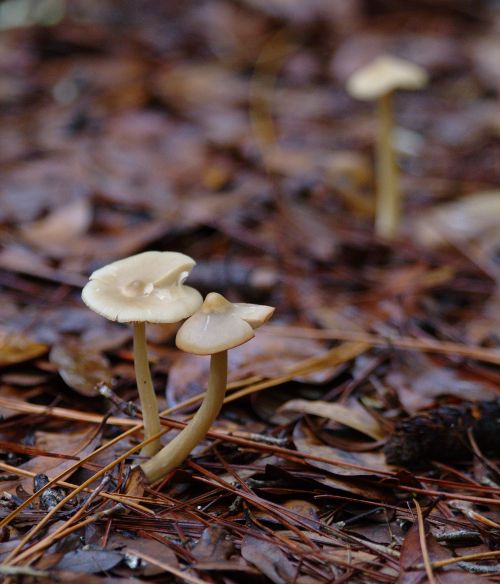
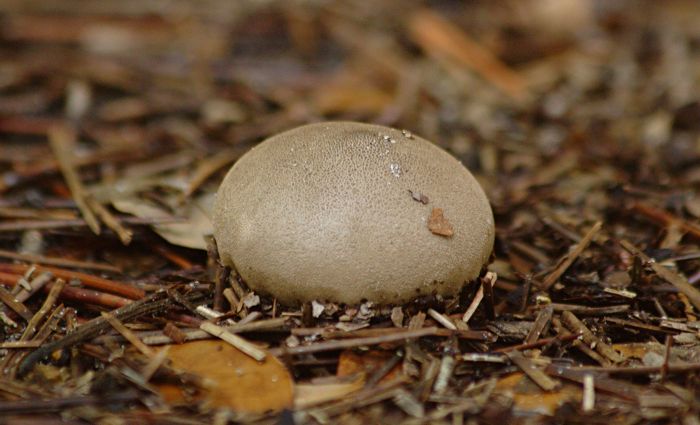
Mushrooms are hard to identify and possibly deadly. The above appears to be a type of puffball. The below looks an awful lot like Destroying Angel, a deadly poisonous mushroom.
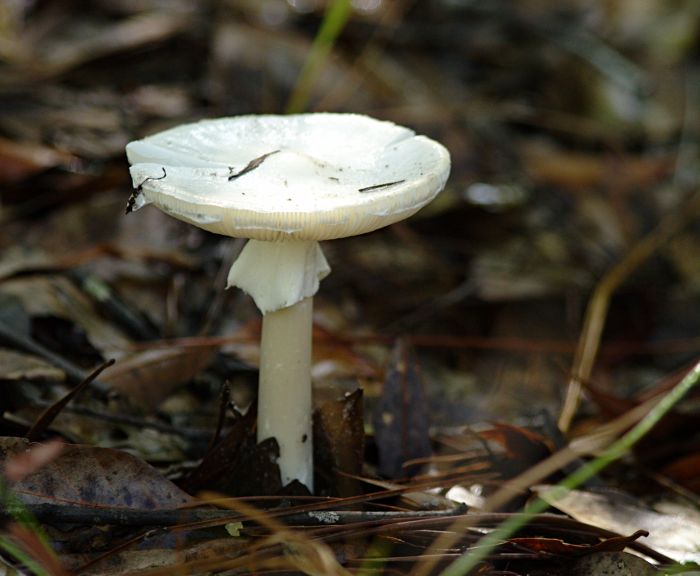
And this we think is a jelly fungus. It fell when I moved the branch it was clinging to. I’m not sure about this particular kind, but it looks like people actually eat jelly fungus.
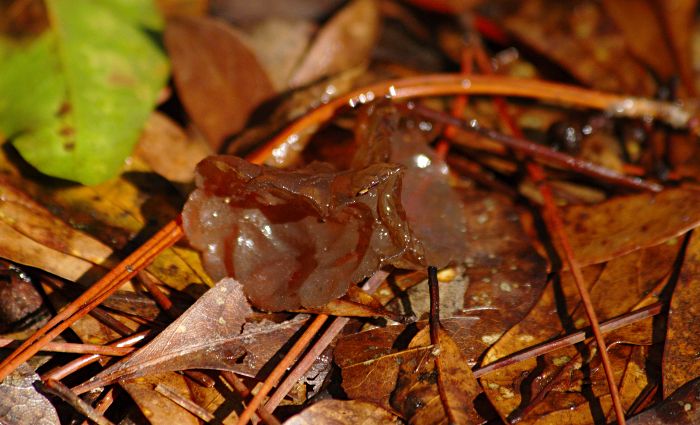
Monday, July 18th, 2011
For my first visit to the Grand Canyon, we were traveling with my grandparents. This was several years ago and they were getting around then much better than they do now, but they were still not interested in much walking around, and indeed it was in the heat of summer. So we took the bus to a few of the overlooks. I took some pictures, and bought a poster that I hoped would capture the place better than my little camera.
The canyon is vast, carved out over millennia through the desert by the Colorado river, minuscule in comparison and often hidden from the rim within the inner canyon walls. The canyon “is 6,000 feet deep at its deepest point and 15 miles at its widest” (nps). “[R]ecent evidence suggests the Colorado River established its course through the canyon at least 17 million years ago” (wiki). Planetary history is told through the layers of the rocks. It is color and scale and harshness, and life stubbornly clinging along the cliff walls, and forces of nature over unimaginable time. I wanted to go back and let it all soak in.
You can pick the season you travel in, but the weather gets to choose its temper on the actual days you have set aside to visit a place. We chose spring. Alas, the only day we had for hiking around the canyon had winds gusting over 50 mph. I ended up seeing less of the canyon than last time.
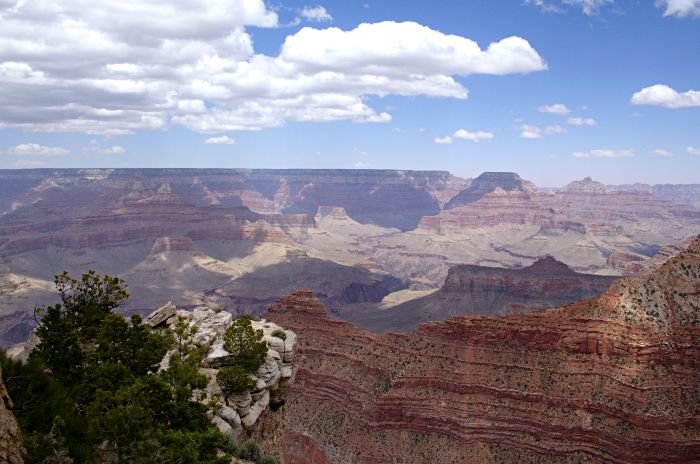
Actually, that day was supposed to be a smooth water rafting trip, but they rightly canceled due to the high winds. So we swapped the days and didn’t really salvage anything of the day at the Rim.
Thankfully, the next day the winds had died down and the rescheduled rafting trip went beautifully. It started at Glen Canyon Dam, and runs for 15 miles along the Colorado, upstream from Grand Canyon National Park. The rafting company has special permission to take customers down through the restricted (with imposing fences and many warning signs and a manned gate) access tunnel to the base of the 710 feet tall dam. Then you are handed a hard hat to wear for the 1 minute walk from the bus to the waiting rafts. Walk in an orderly fashion. Don’t stop to take pictures (people don’t listen to even the most basic of instructions). Here at the base of the dam, trickles of water fed carpets of ferns in crevices along the canyon walls. Two pink lizards darted near us.
The flotilla quickly spread out, leaving us to stare up at the sheer canyon walls. Our guide pointed out birds and geologic formations, and talked about history of the canyon, including the transformations due to the dam.
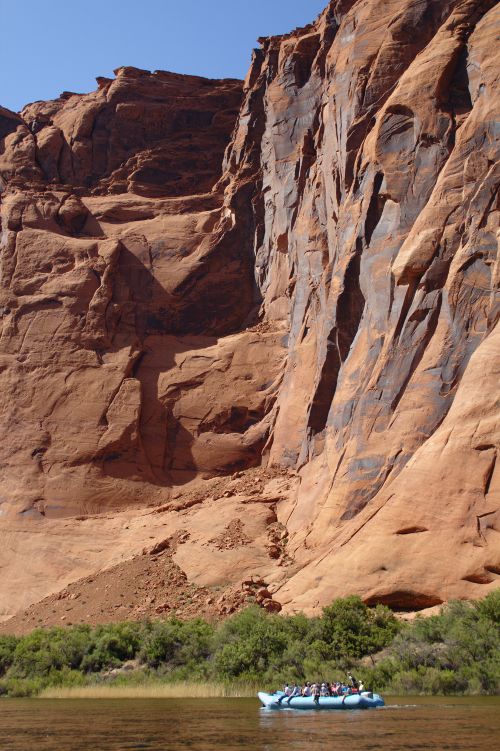
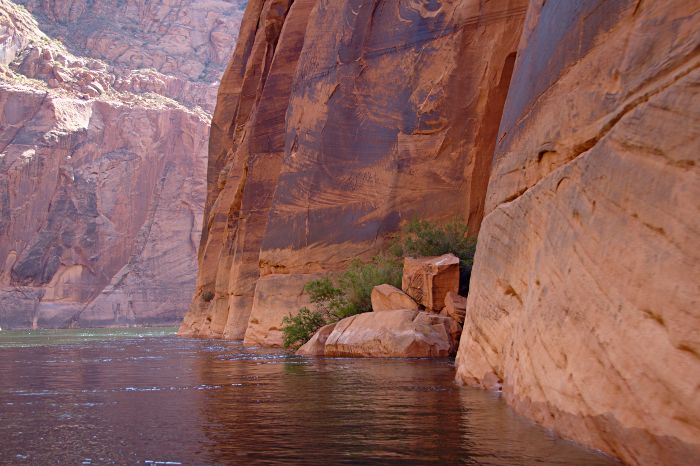
Midway through the trip, they dropped us off for a stretch at a sandbar with petroglyphs carved into the desert varnish. I was more interested in the lizards. This is a chuckwalla. “When disturbed, a chuckwalla will wedge itself into a tight rock crevice and inflate its lungs in order to entrench itself (wiki).
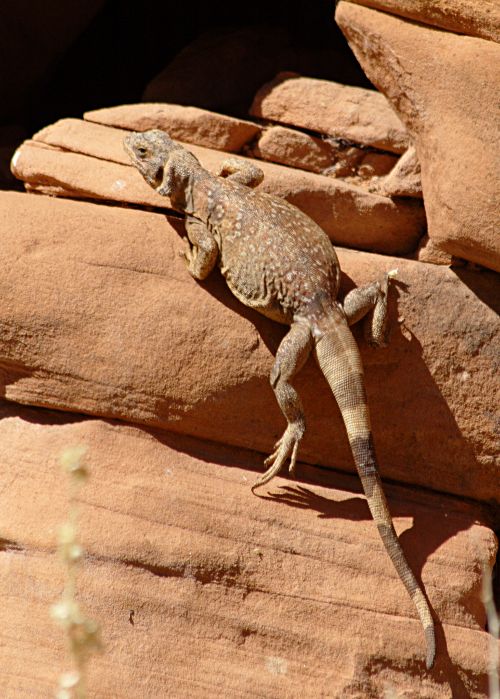
Century plants (Dog centuries? The plants live 10 to 30 years) only bloom once, and then die.
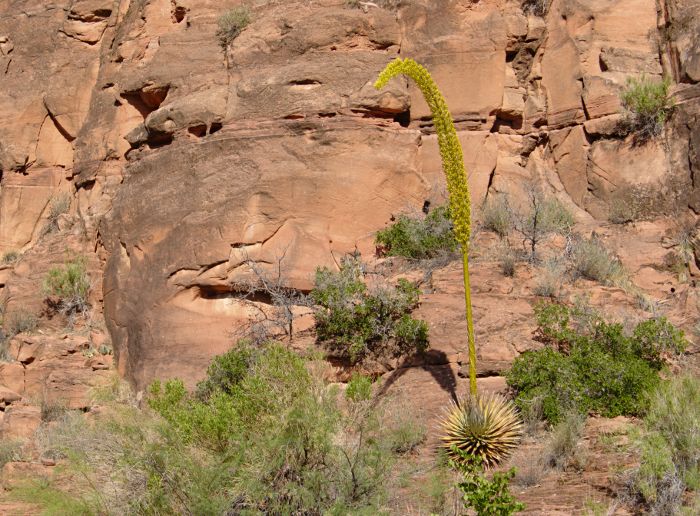
At sunset after the bus ride back to Page, we took the short but very sandy walk to the canyon rim above Horseshoe Bend, which we’d rafted around earlier in the day. I never managed to photograph them, but while watching the sun go down we were surrounded by what I believe our guide identified as Violet-green Swallows. We could hear the air over their wings as they acrobatically sped past, occasionally catching the light to flash metallic green.
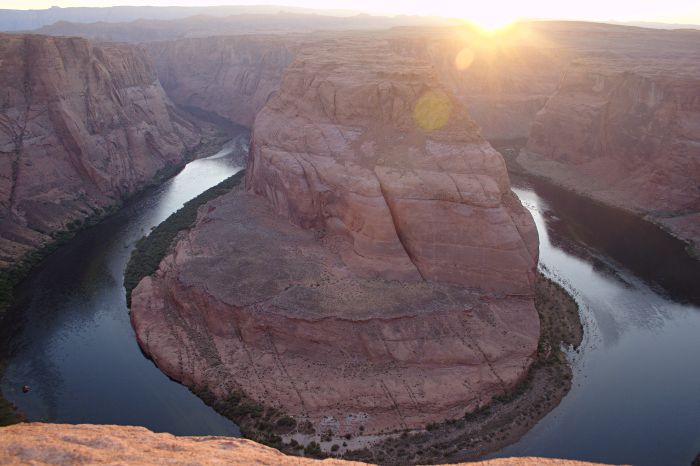
Sunday, June 26th, 2011
It’s been several years since I’ve been in Eastern Washington, and the first time that I’ve gotten to go on several outings with a good camera. Visiting in late May, it was a cool wet spring, with the rivers very high, in some places closing roads. The lilacs were only just starting, but there were so many other flowers already in bloom. Many of them I’d never identified before, although Mom knows many of their names.
First, from Mom’s garden, apple and blueberry:
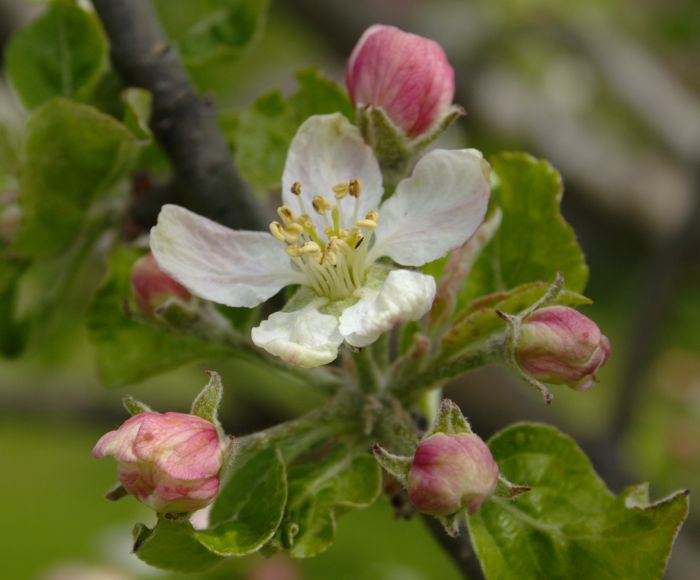
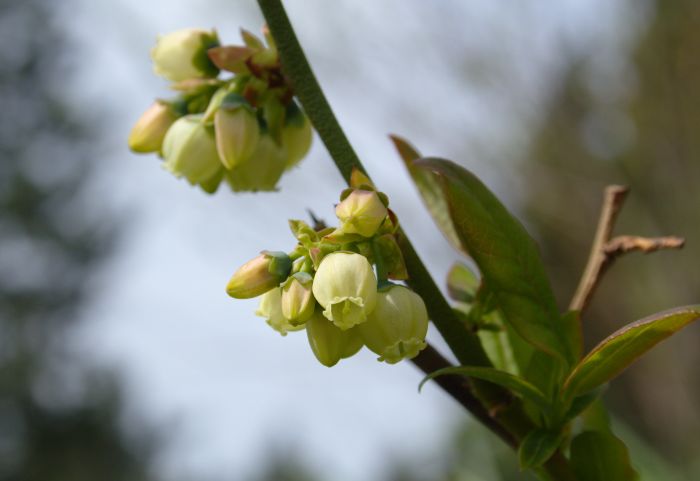
In or near Little Pend Oreille NWR
Serviceberry also make editable fruit.
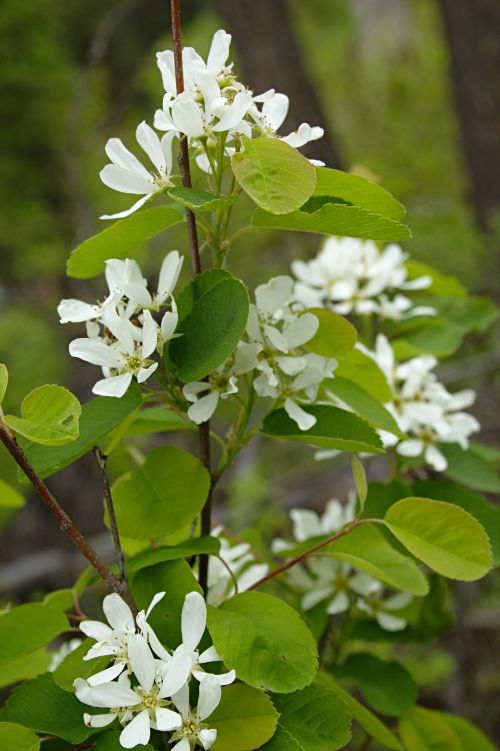
Solomon’s Seal needs moist soil. It’s more common on the coast than inland.
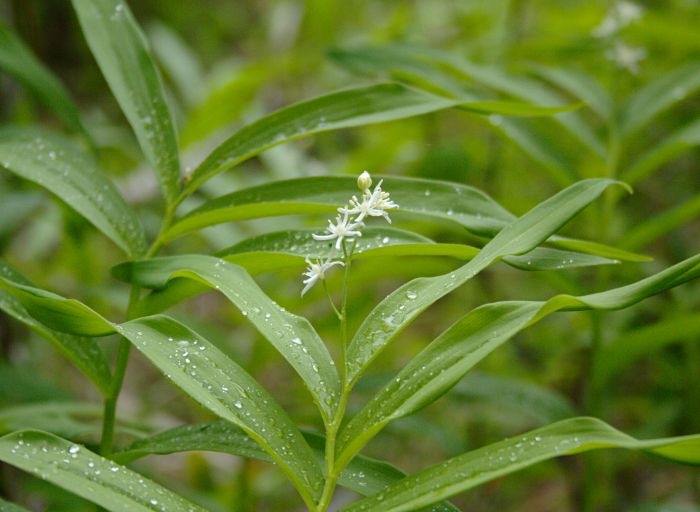
Arrowleaf Balsamroot. I’ve always thought they were such cheerful flowers. They get fuller flowers and leaves on bright, arid hillsides.
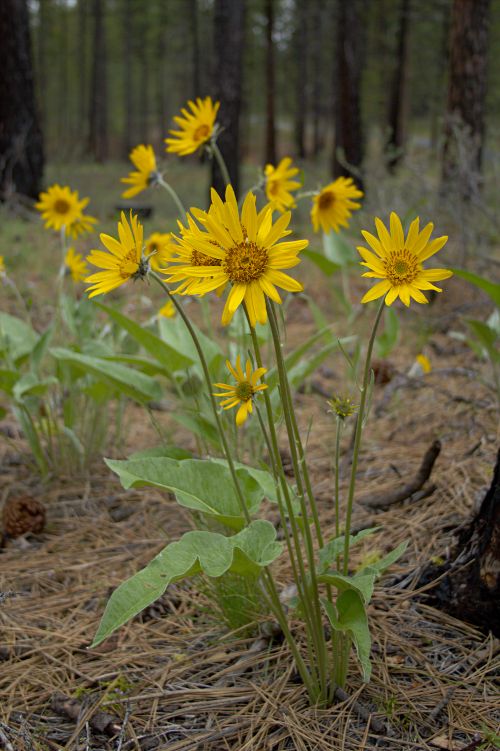
Shooting star in front of a very full waterfall.

Wild sweet William, a type of phlox.
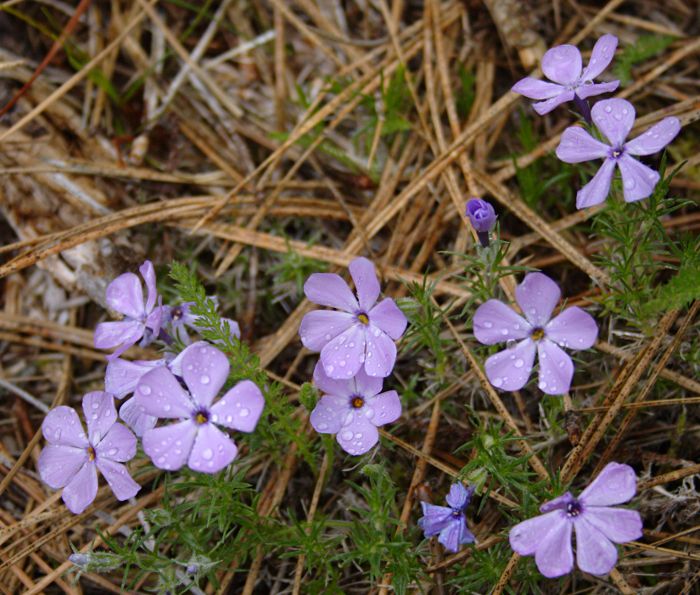
And in Turnbull NWR
Camas lilies, growing in fields in several places I visited.
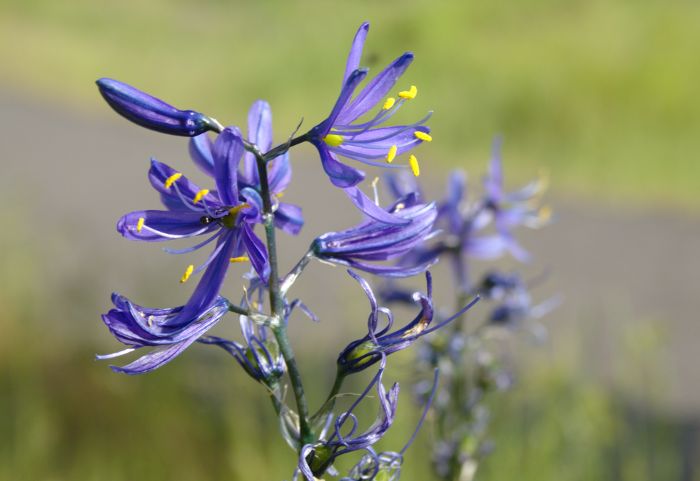
Douglas’ Brodiaea, another lily.
